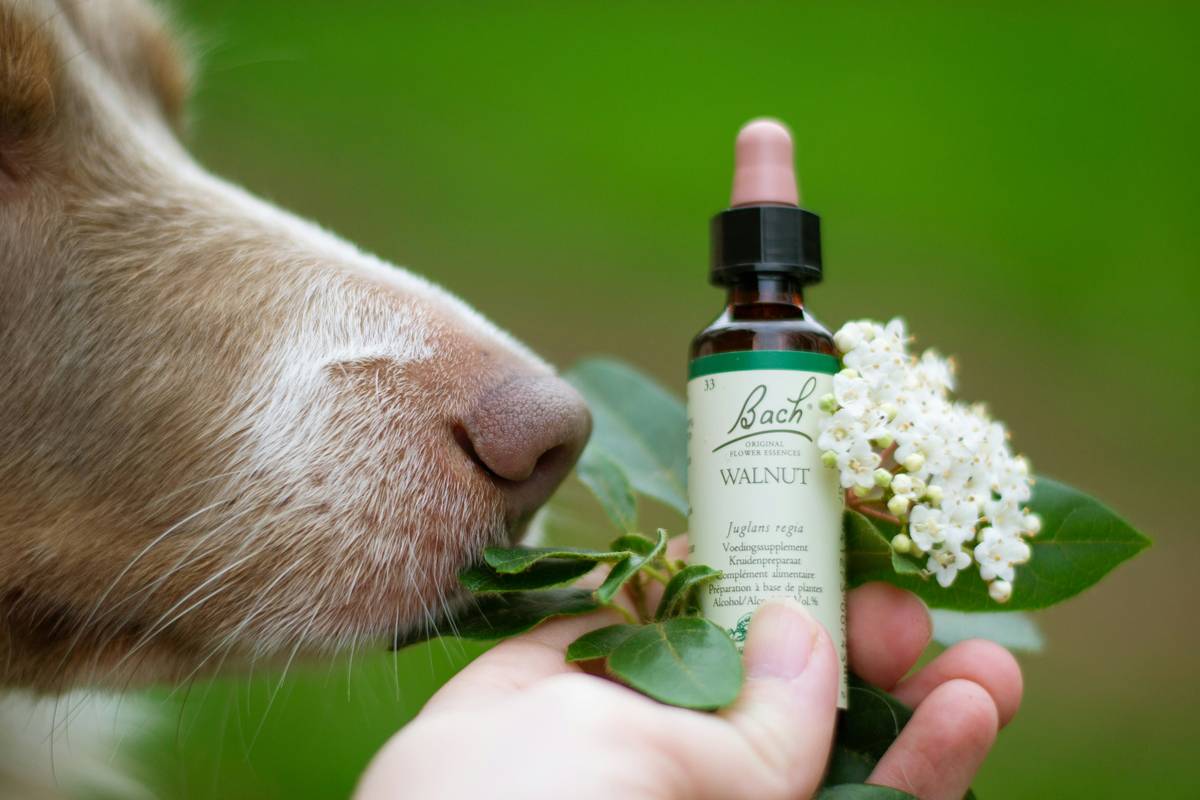Ever noticed your furry friend scratching like they’re auditioning for a flea circus? Or maybe their sneezing has you wondering if pollen season lasts all year round. If so, you’re not alone—pet allergies are more common than ever, affecting 1 in 5 dogs and cats. But what if there was an ancient remedy hiding right in your spice rack? That’s where turmeric supplements come into play. In this post, we’ll dive deep into how “allergy turmeric aid” can help manage your pet’s symptoms, boost immunity, and give them the vibrant life they deserve.
Table of Contents
- Why Are Pet Allergies Such a Pain?
- How to Use Turmeric Supplements Safely
- Best Practices for Administering Allergy Turmeric Aid
- Success Stories: Pets Thriving on Turmeric
- Frequently Asked Questions About Turmeric for Pets
Key Takeaways
- Pet allergies affect millions worldwide, but natural remedies like turmeric offer solutions.
- Turmeric contains curcumin, which reduces inflammation and supports immune health.
- Dosage matters: Too much turmeric can cause digestive upset in pets.
- Veterinarian advice is crucial before starting any new supplement regimen.
- “Allergy turmeric aid” isn’t just trendy—it works when used correctly!
Why Are Pet Allergies Such a Pain?
Here’s my confession: I once thought sprinkling a little bit of turmeric powder onto my dog’s kibble would magically solve his itchy paws problem. Spoiler alert: It didn’t. Instead, he ended up with yellow-tinted drool streaks across my couch (pro tip: always mix turmeric with water or oil).
But back to the point—why are pet allergies such a headache? From environmental triggers like grass and dust mites to food sensitivities like chicken or beef, the list goes on. Symptoms include:
- Excessive licking or chewing
- Red, inflamed skin
- Runny eyes or nose
- Frequent ear infections
Luckily, science backs up turmeric as a potential game-changer thanks to its active compound, curcumin. Curcumin works by reducing inflammation and supporting overall immune function—perfect for fighting off pesky allergic reactions.

How to Use Turmeric Supplements Safely
Optimist You: *“Just sprinkle some turmeric and watch Fluffy thrive!”*
Grumpy Me: *“Ugh, nope. Not unless you want diarrhea instead of relief.”*
Seriously though, administering turmeric requires precision. Here’s your step-by-step guide:
- Consult Your Vet First: Rule #1—always get professional guidance.
- Choose Quality Supplements: Look for organic, pure turmeric capsules or powders made specifically for pets.
- Mix Properly: Combine turmeric with coconut oil or olive oil to enhance absorption (“golden paste” is a popular DIY recipe).
- Start Small: Begin with a quarter teaspoon mixed into meals and gradually increase based on weight.
- Monitor Reactions: Keep an eye out for adverse effects like vomiting or lethargy.
Terrible Tip Alert! Never feed human-grade turmeric pills directly to your pet—they contain fillers that could harm their tiny tummies. Yeah, it sounds obvious, but trust me, someone somewhere will try it.
Best Practices for Administering Allergy Turmeric Aid
If you’re ready to turn your pup or kitty into a golden glow machine, here are some pro tips:
- Ease Into It: Introduce small amounts over weeks to avoid shocking their system.
- Focus on Balance: Pair turmeric with other anti-inflammatory foods like pumpkin or omega-3 fatty acids.
- Avoid Overuse: Stick to recommended dosages—more isn’t better with turmeric.
- Keep Records: Note changes in behavior, coat shine, or itchiness to track progress.
And hey, remember this rant moment: Why do companies market cheap, ineffective pet supplements filled with who-knows-what?! Do yourself a favor and stick to trusted brands only.

Success Stories: Pets Thriving on Turmeric
Meet Max, a scruffy terrier mix who suffered from relentless itching for years. His owner tried everything from prescription meds to hypoallergenic diets. Then she discovered turmeric supplements—and guess what? The scratching stopped. His energy levels soared, and even his fur became softer.
Another win? Luna, a feline diva allergic to almost every protein source under the sun. Adding turmeric to her diet helped reduce flare-ups during seasonal pollen spikes. Both stories prove one thing: When done right, “allergy turmeric aid” really does work wonders.
Frequently Asked Questions About Turmeric for Pets
Is Turmeric Safe for Cats?
Yes, but moderation is key. Always consult your vet first!
Can I Give My Dog Raw Turmeric Powder?
Better to prepare it as a golden paste with fat for better absorption.
What Dosage Should I Use?
A general guideline is 1/4 teaspoon per 10 lbs of body weight daily.
Conclusion
Pet allergies might feel overwhelming, but “allergy turmeric aid” offers a powerful, natural solution worth exploring. By following these guidelines—consulting your vet, choosing quality products, and introducing slowly—you can transform your pet’s quality of life one paw at a time.
Like a Tamagotchi, your pet’s health needs consistent care. So why wait? Start today and see the difference turmeric can make!
“Golden days ahead for Fido and Whiskers alike!”


